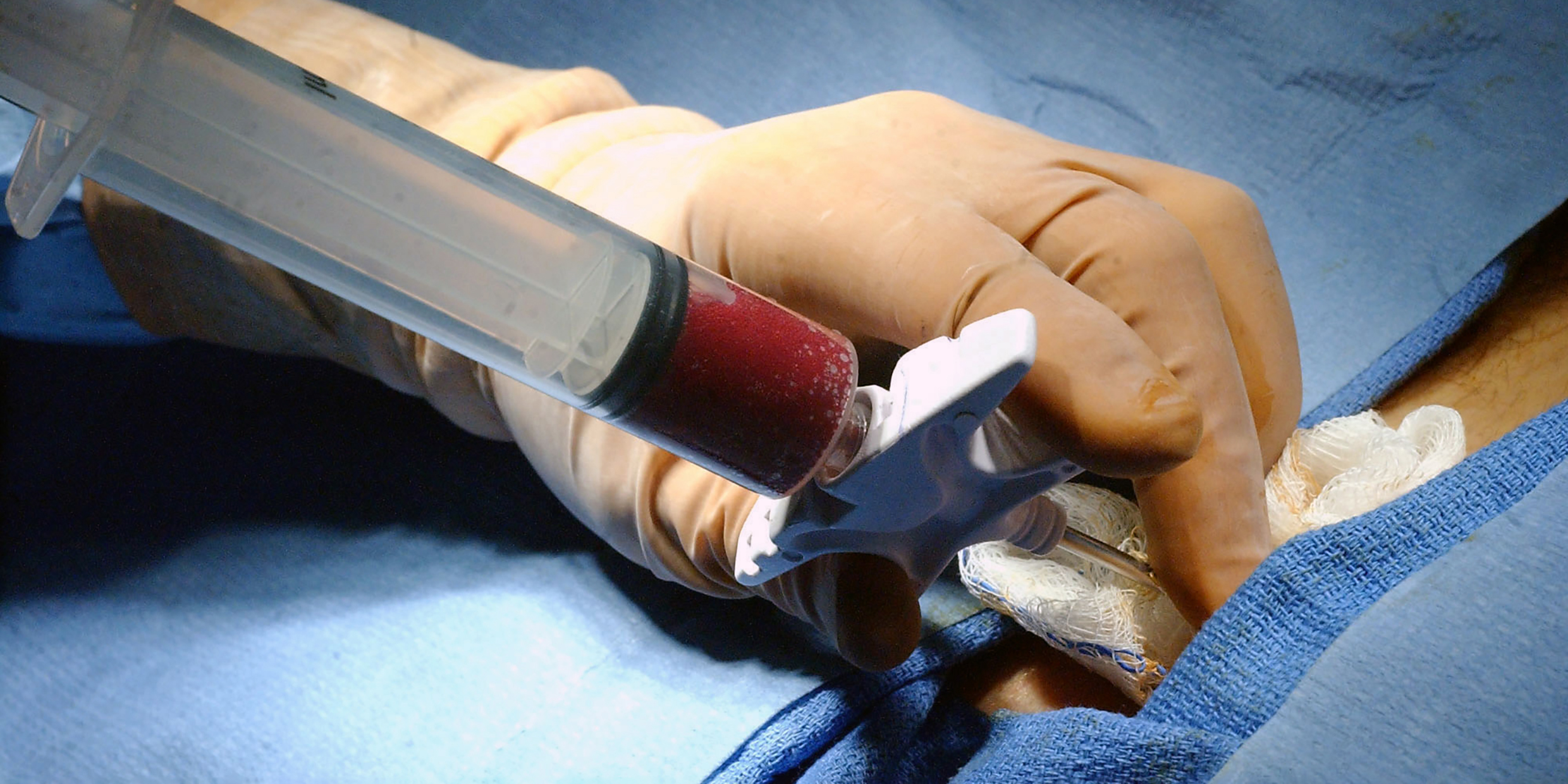Originally published 15 June 1992
It is easy to get down on doctors and medicine. Medical costs keep skyrocketing, services become more and more impersonal, and the waits in line become longer and longer. Even the editor of the Journal of the American Medical Association recently predicted that the medical system is heading toward “meltdown.”
It will require herculean effort and political wisdom to give the American people medical care that is affordable, humane, and available to all — perhaps more effort and wisdom than we can collectively muster. Yes, it is easy to get down — and good to be reminded now and then that things are not as bad as they sometimes seem.
Two books affirm the genuine strengths of American medicine: Lewis Thomas’s This Fragile Species, a collection of essays recounting a lifetime in medicine; and Madeline Marget’s Life’s Blood, a story of Dr. Joel Rappeport and the science of bone marrow transplants.
Lewis Thomas arrived at Harvard Medical School in 1933. In those days, there was not much in the physician’s bag of tricks: digitalis for heart failure, insulin for diabetes, liver extract for pernicious anemia, and a few other drugs of fractional merit. Many “therapies” of earlier times — bleeding the patient, for example — were known to be ineffective or downright dangerous. By and large, the medical student was expected to learn enough about the course of diseases to make accurate diagnoses and reasonably probabilistic prognoses and after that, not to meddle.
Then came the discovery of sulfonamides and penicillin. Bacteria could be killed without killing the patient. It was not just an amazement, writes Thomas, it was a revolution.
These new forms of treatment were based upon fundamental scientific research, testing with experimental animals and controlled experiments with human beings. Suddenly it was possible to cure pneumonia, streptococcal septicemia, meningitis, syphilis, tuberculosis, typhoid, and typhus. In that first flush of success, nothing seemed impossible.
It turned out that it wasn’t so easy. Many diseases remain intractable. Cancer, AIDS, and chronic diseases of agin, among other maladies, frustrate efforts to find a cure. But Thomas is optimistic. He is especially upbeat about the partnership of basic biological research and clinical practice — the PhD bent over a petri dish and the MD at the patient’s bedside.
For those of us who watch the progress of medicine from the outside, the partnership of basic research and clinical practice sometimes seems strained to the breaking point. Almost every week we read of squabbles and controversies, often pitting doctors in hospitals against scientists of the National Institutes of Health. Should the money be spent on the search for a cure, or on prevention? Should doctors boldly experiment on human patients, or practice cautious neglect? And what, in all of this, is the role of ambition, glamour, and publicity?
In the midst of this contentiousness, Lewis Thomas’s gentle wisdom and infectious optimism is an effective antidote for despair.
Madeline Marget gives us a more intimate look inside the medical establishment. She has written a warm, thoughtful, and carefully researched book about the practice of modern, high-tech medicine, from the point of view of the patient. And she, too, is upbeat.
Marget became interested in hematology (the science of blood) and bone marrow transplants when she served as a marrow donor for her sister. The doctor who treated her sister was Joel Rappeport of Yale University. Grumpy, disheveled, brilliant, compassionate, indefatigable, Rappeport is the life force behind Marget’s story.
Bone marrow, a substance that looks like strawberry jello, is the body’s blood producer. If the marrow fails, we die. A transplant is a rescue mission. First the patient’s diseased marrow is destroyed with drugs or radiation. Then it is replaced with healthy marrow. In effect, the physician kills the patient, then brings her back to life. The process is dangerous and painful for the patient. The payoff is life for a person not ready to die.
Marget’s story is a page-turner, a gripping account of life and death — of doctors, researchers, patients, and families. She does not neglect the science: the beautiful chemistry of blood, the mysteries of cells, the magic (white and black) of genes. Here, too, are the controversies between PhDs and MDs, the glory and personal cost of doing world-class medicine, and the complex motives that drive research forward. Marget never lets us forget the individual human stories behind every scientific decision.
The science of bone marrow transplants goes back to the 1950s, when the first transplants were performed on mice as part of research on atomic energy. When Rappeport participated in his first bone marrow transplant in 1964, as a fourth-year medical student, the patient immediately died. Now he cures half the people he treats. A 50 percent success rate means a 50 percent failure rate. Marget asked Rappeport how he bears so much dying; he replied that a lot more people died when he started.
A lot of folks who died 40 years ago, of all sorts of diseases, might live today. For all of its staggering problems, American medicine may just be the best in the world, and doctors like Lewis Thomas and Joel Rappeport help make it so.
Now — if we can just figure out how to pay for it.



